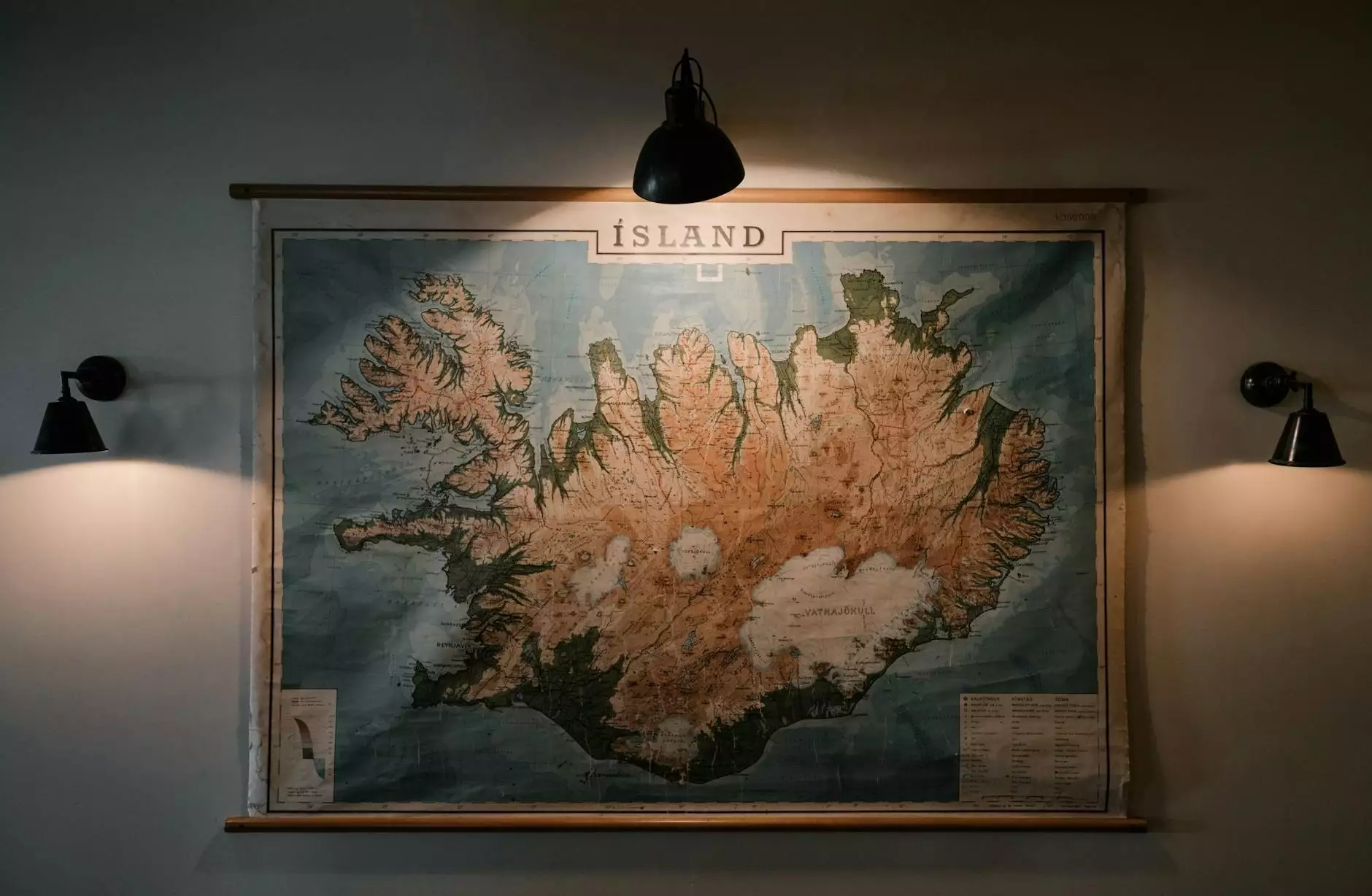Physical Geography of Guam - Research Paper Example

Introduction
Greetings and welcome to The Knowledge Nest. In this research paper, we will delve into the intriguing physical geography of Guam, a captivating island located in the Western Pacific. Join us on this informative journey as we explore the various aspects that make Guam's geography truly remarkable.
About Guam
Guam, an unincorporated territory of the United States, is the largest and southernmost island in the Mariana Islands archipelago. This picturesque island is situated in the Micronesia region of the Western Pacific Ocean, approximately 2,500 miles west of Hawaii.
Location and Coordinates
Guam is positioned at latitude 13.4443° North and longitude 144.7937° East. The island spans an area of about 210 square miles, boasting scenic coastlines and diverse topography. Its strategic location makes it a vital hub for military activities and an attractive destination for tourists.
Unique Features
Guam's physical geography exhibits a myriad of unique features that distinguish it from other destinations. One of the most prominent features is the presence of limestone forests and stunning limestone cliffs along its coastlines. These limestone formations have been shaped by years of erosion, resulting in mesmerizing landscapes.
Mount Lamlam - The Highest Point
At an elevation of 1,332 feet, Mount Lamlam is the highest peak on Guam. It offers breathtaking views of the surrounding ocean and verdant landscapes. Climbing to the summit of Mount Lamlam provides adventurers with an exhilarating experience and a chance to witness the island's natural beauty from a different perspective.
Tumon Bay - A Tropical Paradise
Tumon Bay, located on the western coast of Guam, is renowned for its crystal-clear waters and pristine sandy beaches. It serves as a popular tourist haven, offering an abundance of water activities such as snorkeling, diving, and leisurely sunbathing. Tumon Bay's captivating beauty is a testament to Guam's thriving marine ecosystem.
Natural Resources
Guam's physical geography encompasses a variety of valuable natural resources. The island boasts fertile soils suitable for agriculture, enabling the cultivation of crops such as taro, sweet potatoes, and coconuts. Additionally, Guam is rich in marine biodiversity, with its waters teeming with fish, shellfish, and coral reefs.
Climate
Guam experiences a tropical marine climate characterized by high temperatures, humidity, and abundant rainfall throughout the year. The island is susceptible to typhoons and occasionally experiences tropical storms, particularly during the rainy season. The warm and inviting climate of Guam creates an ideal environment for its lush vegetation and diverse flora and fauna.
Conclusion
In conclusion, Guam's physical geography offers a captivating blend of unique features, natural resources, and a tropical climate. From the breathtaking limestone cliffs to the pristine beaches and abundant marine life, Guam is a paradise waiting to be explored. We hope this research paper example has provided you with valuable insights into the physical geography of Guam, shedding light on its splendors and enticing you to embark on an unforgettable journey to this remarkable island.
References
- Guam Geographic Information: https://gisp.doi.gov
- Physical Geography of Guam: https://www.worldatlas.com









